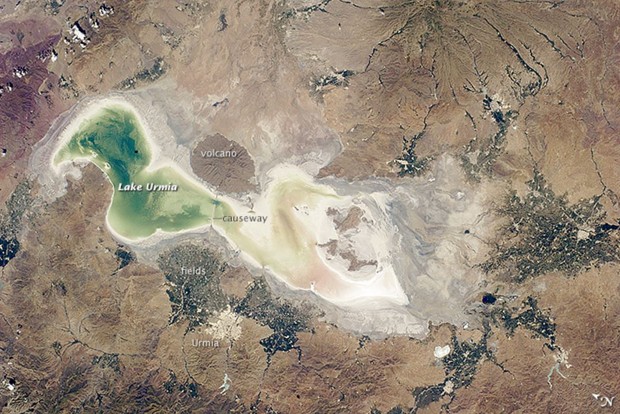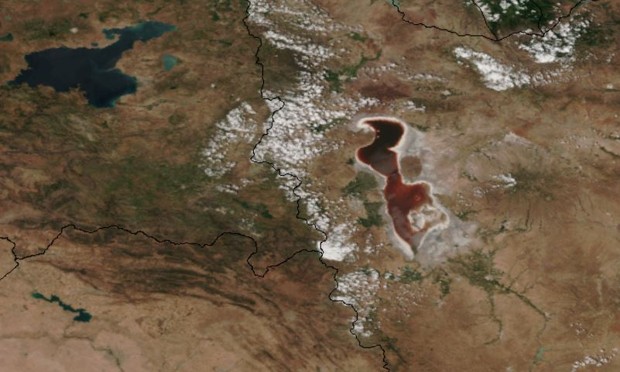
(Watch Now) Steve Wohlberg on The Stew Peters Show / Next Thursday Live!
It was clearly God’s providence that opened the door for me to be a guest for 30 minutes on The Stew Peters Show on April 11 to discuss current false prophecies about Israel, Jews, red






